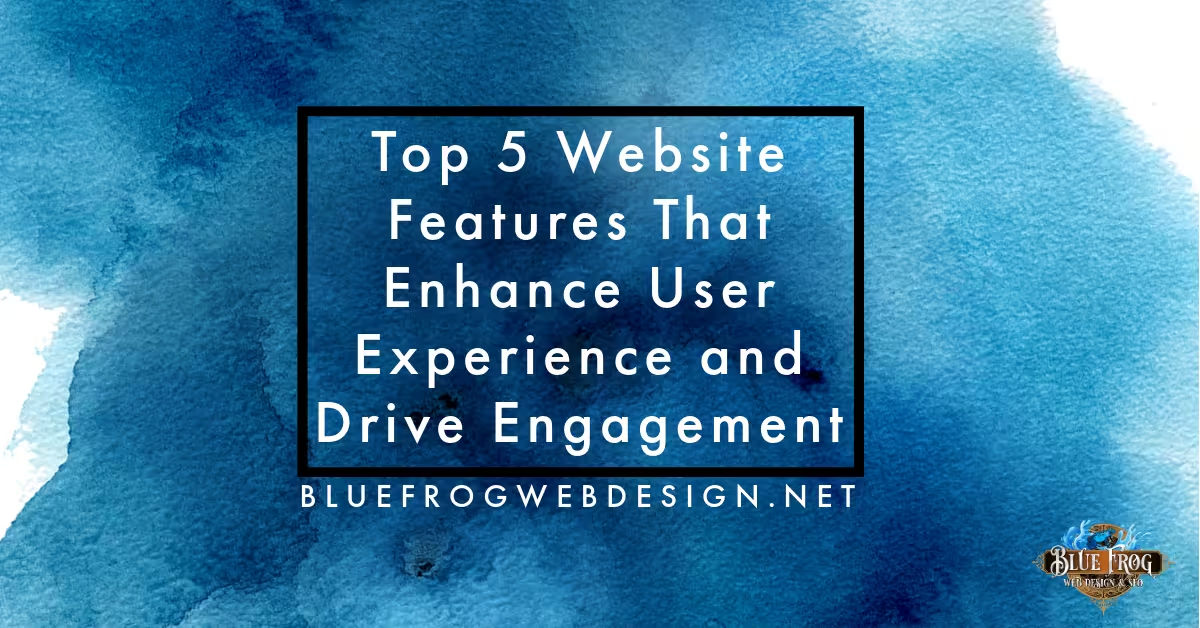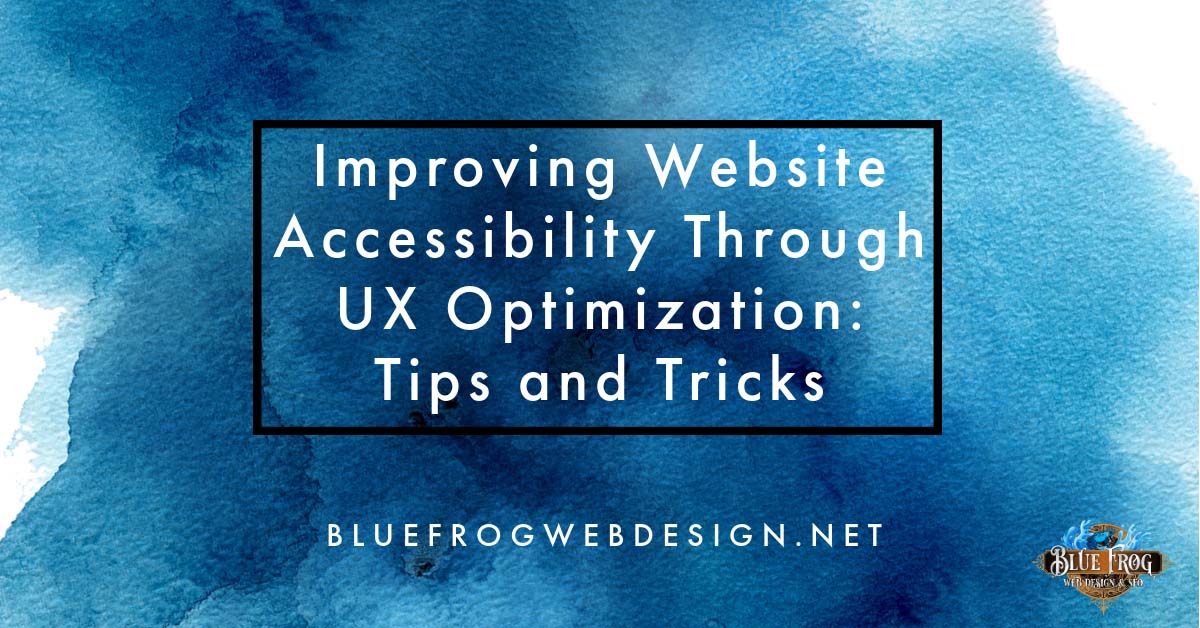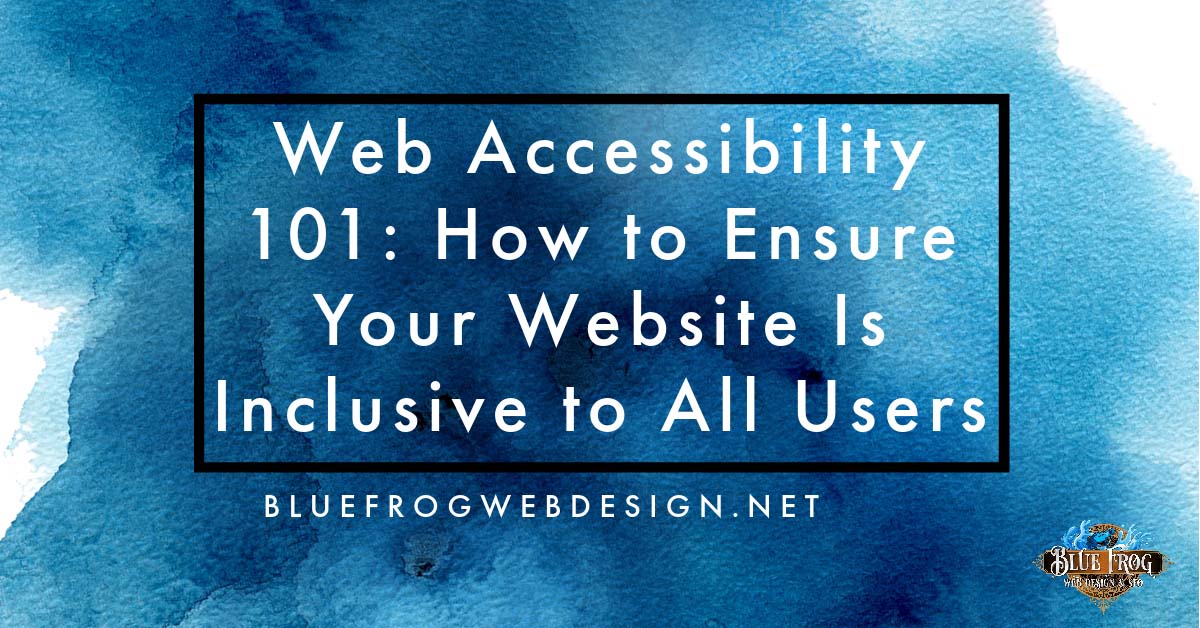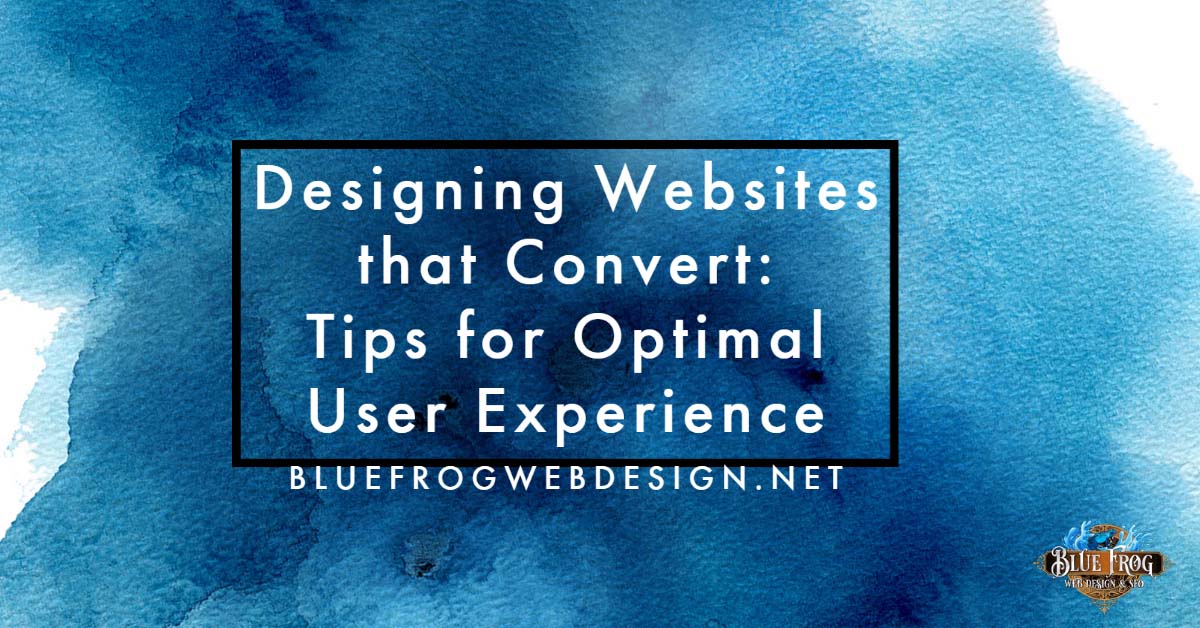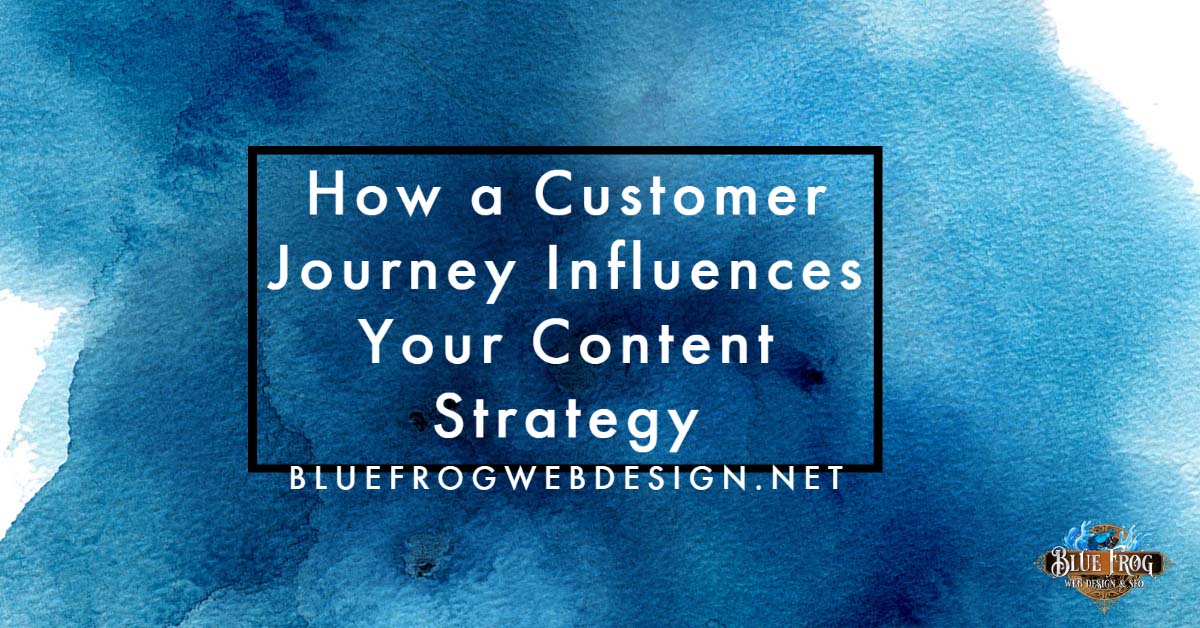In the fast-paced world of digital experiences, staying updated with the latest UX trends is crucial for businesses aiming to provide seamless and engaging user interactions. As we step into 2025, understanding the cutting-edge developments in UX optimization can set your offerings apart. Let’s explore the trends you can’t afford to miss.
1. Personalization at Its Peak
In 2025, personalized experiences will continue to dominate. Users expect interactions tailored to their preferences, making personalized UX a key differentiator. Companies using advanced technologies like Artificial Intelligence and Machine Learning are better able to analyze user data, allowing them to not only predict user needs but also tailor content and interactions accordingly. This shift towards hyper-personalized experiences is crucial for businesses aiming to keep up with consumer expectations.
Today, personalization goes beyond mere recommendations. With the integration of tools like generative AI, companies can refine user experiences by understanding individual user journeys. This advancement is largely facilitated by the analytics boom, enabling more precise and dynamic user engagement. For businesses, the mantra is clear: adapt to the user’s needs or risk losing them to competitors.
2. Voice User Interfaces Going Mainstream
Voice technology is rapidly evolving, and its integration into everyday applications is enhancing user accessibility and interaction. With the growing familiarity and improvement in voice recognition technology, users are increasingly comfortable using voice commands while interacting with devices. This is not just limited to voice assistants like Siri or Alexa but extends into mobile apps and websites, providing a seamless hands-free experience.
As voice interfaces gain traction, businesses must consider designing systems that are not only functional but also intuitive. For companies looking to future-proof their platforms, embracing voice UX could prove beneficial, enhancing both user experience and engagement rates. Begin integrating voice capabilities into your business strategies to ensure accessibility and a competitive edge in this digital evolution.
3. Augmented Reality Enhancing User Engagement
AR is transforming how users interact with digital content, offering immersive and interactive experiences that captivate audiences. As technology matures, applications of AR are diversifying, becoming more common in industries like retail, real estate, and education to visualize products or concepts in real-time. This trend reflects a shift towards a more engaging digital interface where the boundary between physical and digital experiences is increasingly blurred.
Businesses are leveraging AR to deepen user engagement and deliver content in ways that revolutionize the customer experience. With platforms becoming more AR-friendly, as seen in UI UX trends, organizations are creating more engaging, interactive content that captures and retains the audience’s attention longer—offering a competitive advantage in an ever-evolving digital landscape.
4. Data-Driven Decisions for Better UX
Leveraging data analytics ensures UX is continuously refined, leading to improved satisfaction and more effective interfaces. By analyzing patterns and metrics such as user behavior and performance, businesses are able to make more informed decisions that resonate with their users. This shift towards data-driven design enhances both the functionality and aesthetic of digital interfaces, aligning them closer to user expectations.
The use of data to improve user experience is not just a trend; it’s a necessity for staying competitive in the digital marketplace. Data-driven design allows businesses to refine their strategies continuously, ensuring content remains relevant and engaging. Businesses that harness the power of data position themselves as leaders in providing superior user experiences.
5. Seamless Cross-Platform Experiences
As users navigate between devices, ensuring consistent and intuitive UX across platforms is more critical than ever. Users expect a seamless transition between desktop, mobile, and other devices without compromising on functionality or content quality. Cross-platform consistency requires a design approach that maintains visual coherence and uniform interaction, regardless of the device a user chooses.
Adopting a responsive design is crucial for this trend. Ensuring websites are tailored to appear flawlessly across all devices guarantees an impeccable user journey, promoting higher engagement and satisfaction. Businesses that focus on building adaptable, scalable platforms are better equipped to meet user needs in an ever-diversifying digital ecosystem.
6. Sustainability in UX Design
Sustainable design considerations are becoming integral to UX, reflecting user preferences for environmentally conscious businesses. This growing awareness is guiding businesses to adopt sustainable design principles that minimize digital carbon footprints. Practices such as optimization for fast load times and efficient use of resources contribute not only to improved UX but also to broader environmental goals.
The call for sustainable UX design is not just a trend—it’s an imperative in today’s eco-conscious society. Businesses are finding innovative ways to align their digital practices with their environmental values, fostering brand loyalty among conscientious consumers. Incorporating sustainability into digital processes helps organizations stand out and appeal to the environmentally-aware market segment.
7. Micro-interactions Making Big Impacts
Small, subtle animations can significantly enhance user satisfaction by making digital interactions more engaging and intuitive. Micro-interactions serve as crucial touchpoints in user journeys, from confirming actions to providing feedback on errors, contributing to a more delightful and efficient user experience.
These tiny interactions are becoming increasingly sophisticated, incorporating gestures and animations that subtly guide user behavior and improve usability. By integrating thoughtful micro-interactions, businesses can elevate their UX design, creating an interface that feels responsive and human, thereby enhancing overall engagement and user satisfaction.
8. Security Becoming User-Centric
As users become more aware of privacy issues, integrating intuitive and transparent security measures is becoming paramount for gaining user trust. Users want assurance that their data is safe, and they appreciate security processes that don’t interfere with their experience. Simplifying security protocols without compromising safety is key to achieving this balance.
User-centric security ensures that protection measures are both effective and minimally intrusive, thereby enhancing the user’s overall journey. Businesses focused on fostering trust and loyalty are those that seamlessly integrate security into their platforms, assuring users they are a priority and their data secure.





